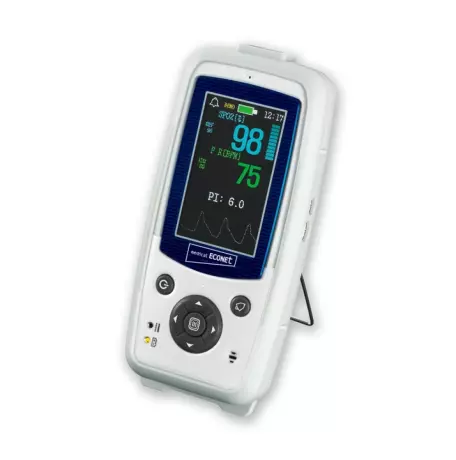
Handheld pulse oximeter PalmCare Pro with...
Handheld pulse oximeter PalmCare Pro with battery operation Suitable for adults, children and inf...
Portal and digital medical technology fair of the largest MedTech cluster in Germany

Handheld pulse oximeter PalmCare Pro with...
Handheld pulse oximeter PalmCare Pro with battery operation Suitable for adults, children and inf...
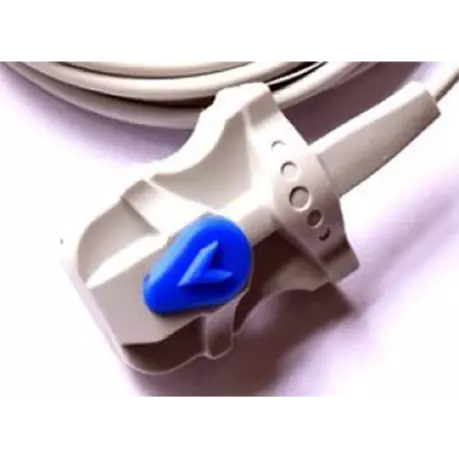
SpO2 silicone finger sensor for HP/Philips
SpO2 silicone finger sensor for HP/Philips D-shaped 8pin, length: 300cm Monitors: C1, C3 Virdia M3,...
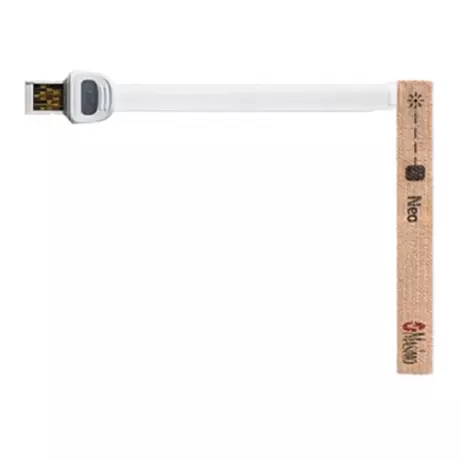
SpO2 sensors Masimo RD Set NEO
SpO2 sensors Masimo RD Set NEO Disposable, premature babies 20 pieces, PU= 1 Genuine 4003
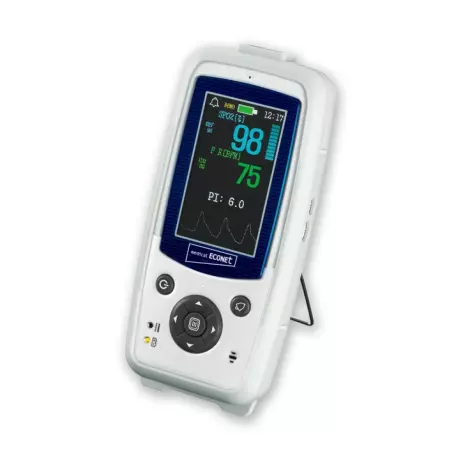
Pulse oximeter PalmCare Pro tripod mount
Pulse oximeter PalmCare Pro tripod mount
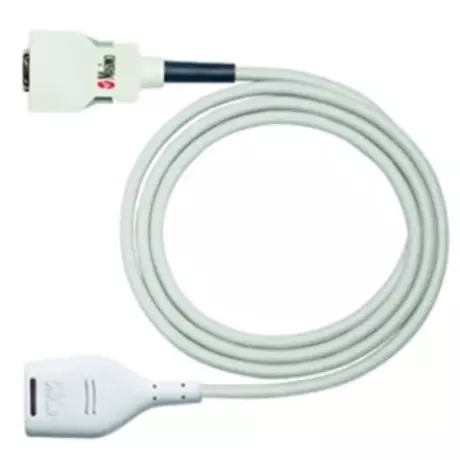
SpO2 adapter cable Masimo RD Set MD14-12
SpO2 adapter cable Masimo RD Set MD14-12 for RD SET series Length: 3.6 m, PU= 1 Genuine 4081
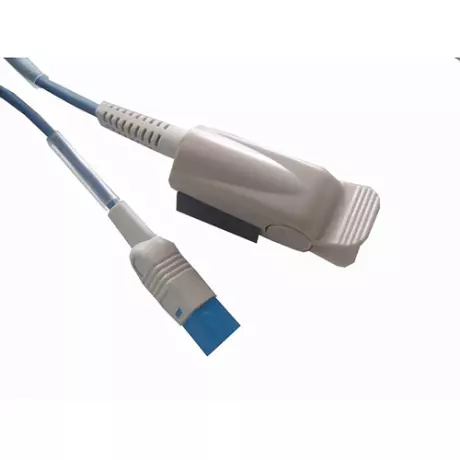
SpO2 finger sensor for Philips/HP
SpO2 finger sensor for Philips/HP D-shaped 8pin, length: 300cm Monitors: C1, C3 Virdia M3, M4 MP20,...
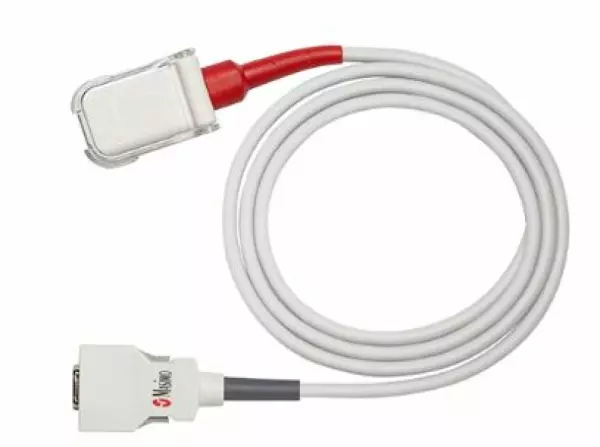
SpO2 adapter cable Masimo LNC-10
SpO2 adapter cable Masimo LNC-10 for LNCS series Length: 3.0 m, PU= 1 Originally 1814
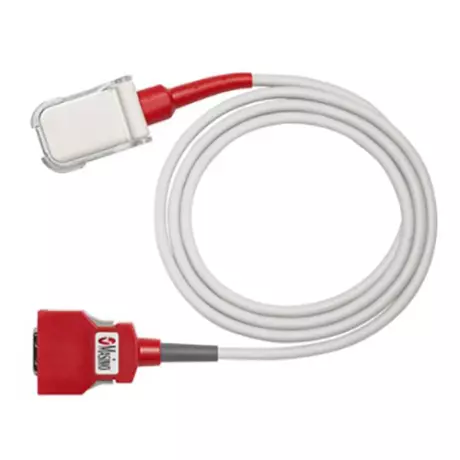
SpO2 adapter cable Masimo RED LNC-10
SpO2 adapter cable Masimo RED LNC-10 for LNCS RED series Length: 3.0 m, PU= 1 Genuine 2056
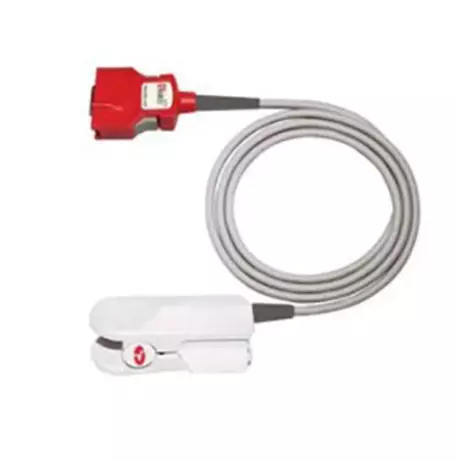
SpO2 sensor Masimo Red DCI-dc12
SpO2 sensor Masimo Red DCI-dc12 Reusable, finger clip adults Length: 3.6 m, PU= 1 Genuine 2054
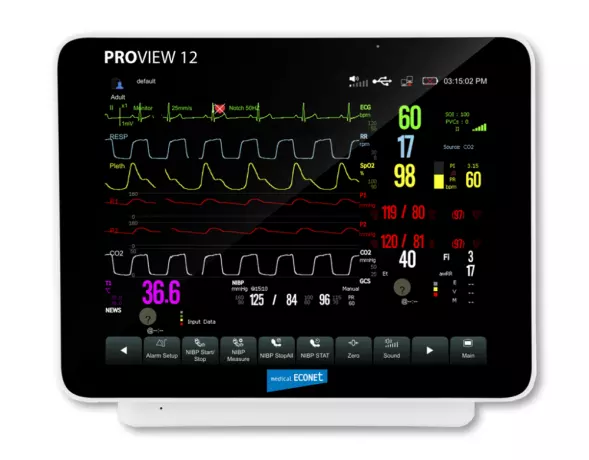
ProView Series ProView 12 patient monitor
ProView Series ProView 12 patient monitor monitor specifications Display: 12.1&Prime...
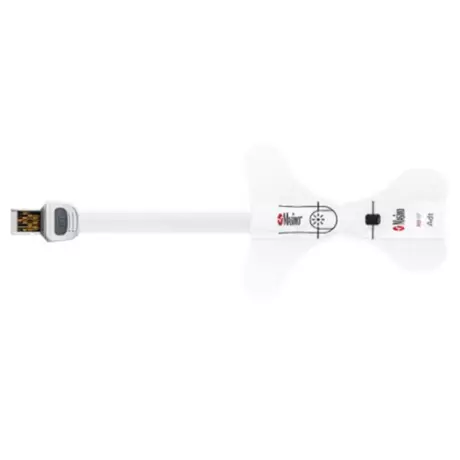
SpO2 sensors Masimo RD Set ADT
SpO2 sensors Masimo RD Set ADT Disposable, adults 20 pieces, PU= 1 Genuine 4000
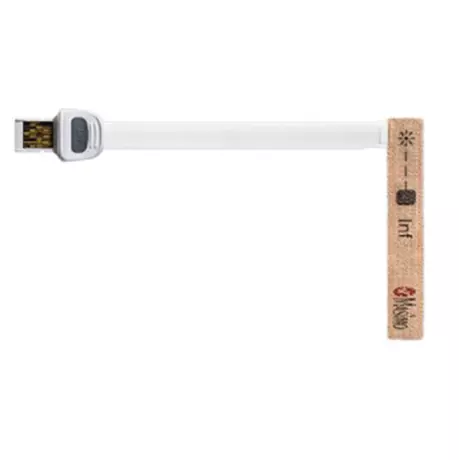
SpO2 sensors Masimo RD Set INF
SpO2 sensors Masimo RD Set INF Disposable, newborn 20 pieces, PU= 1 Genuine 4002
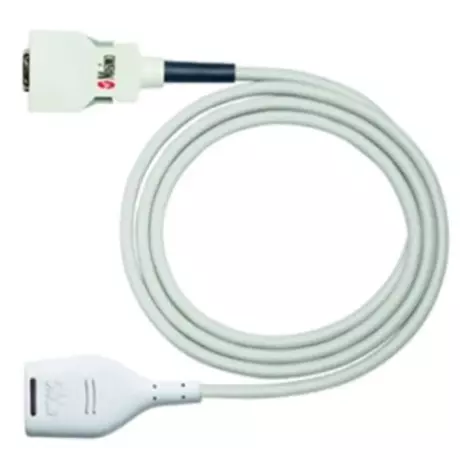
SpO2 adapter cable Masimo RD Set MD14-05
SpO2 adapter cable Masimo RD Set MD14-05 for RD SET series Length: 1.5 m, PU= 1 Genuine 408...
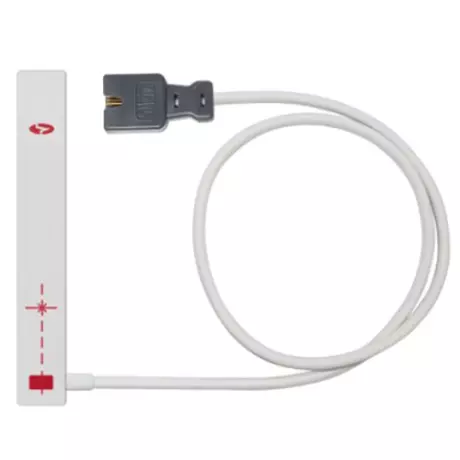
SpO2 sensors Masimo LNCS NeoPT
SpO2 sensors Masimo LNCS NeoPT Disposable, premature births Length: 0.45 m, 20 pieces, PU= 1 Genuine...
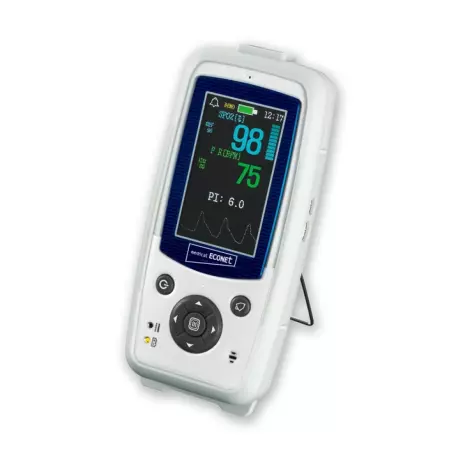
Pulse oximeter Palmcare Pro (Li-io) battery...
Pulse oximeter Palmcare Pro (Li-io) battery 3.7V
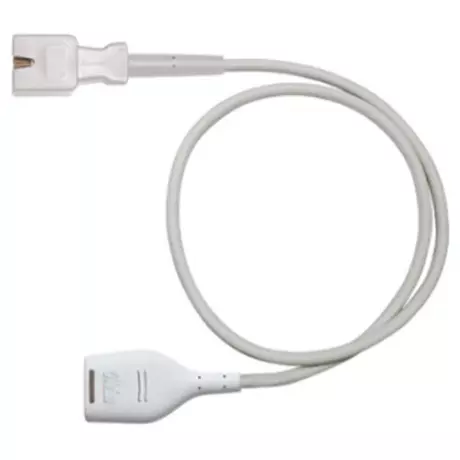
SpO2 adapter cable Masimo RD to LNC 1.5 m
SpO2 adapter cable Masimo RD to LNC 1.5 m for RD series Length: 1.5 m, PU= 1 Genuine 4089
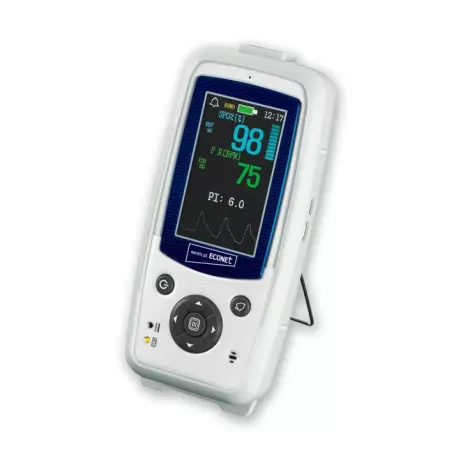
Handheld pulse oximeter PalmCare Pro with...
Handheld pulse oximeter PalmCare Pro with battery operation Suitable for adults, children and infant...
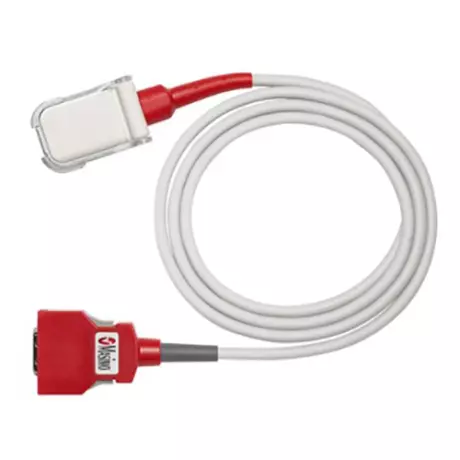
SpO2 adapter cable Masimo RED LNC-04
SpO2 adapter cable Masimo RED LNC-04 for LNCS RED series Length: 1.2 m, PU= 1 Genuine 2055
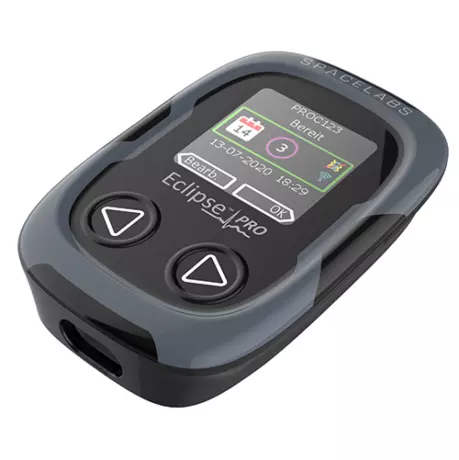
Spacelabs EclipsePRO long-term ECG recorder
Spacelabs EclipsePRO long-term ECG recorder Eclipse PRO: Holter ECG recorder Digital 3-/12-channel H...
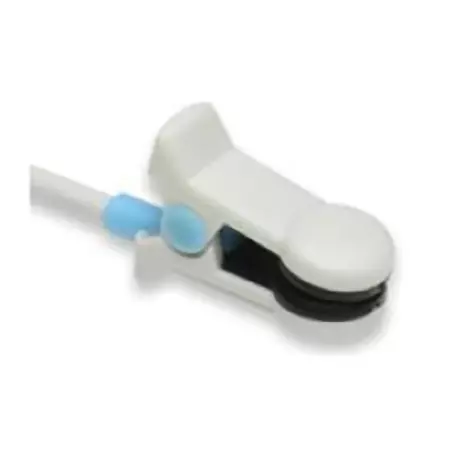
SpO2 ear sensor for Philips/HP
SpO2 ear sensor for Philips/HP D-shaped 8pin, length: 300cm Monitors: C1, C3 Virdia M3, M4 MP20, MP3...
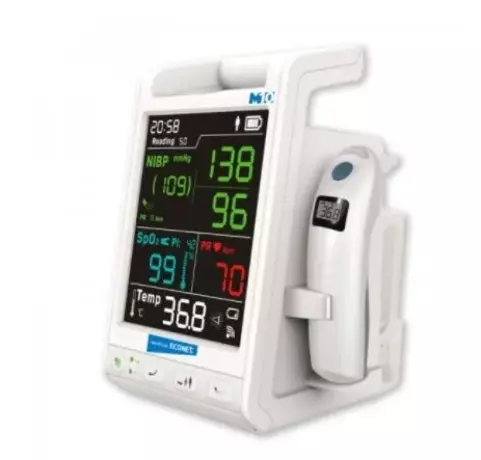
Patient Monitor Vital Signs Monitor M10
Patient Monitor Vital Signs Monitor M10 The compact vital signs monitor M10 was specially developed...

SpO2 sensors Masimo RD Set PDT
SpO2 sensors Masimo RD Set PDT Disposable, toddlers 20 pieces, PU= 1 Genuine 4001
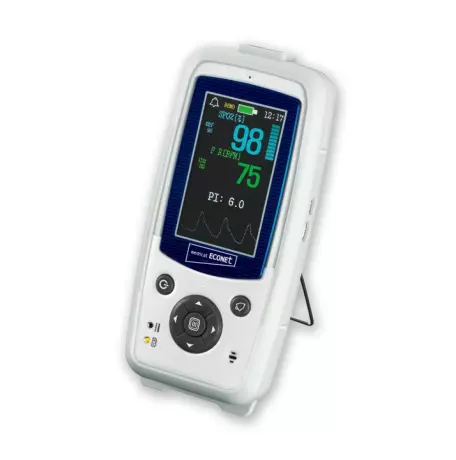
Power pack for pulse oximeter PalmCare Pro
Power pack for pulse oximeter PalmCare Pro
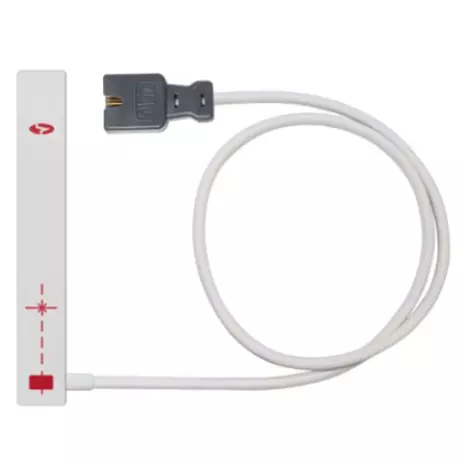
SpO2 sensors Masimo LNCS NeoPT3
SpO2 sensors Masimo LNCS NeoPT3 Disposable, premature births Length: 0.90 m, 20 pieces, PU= 1 Genuin...
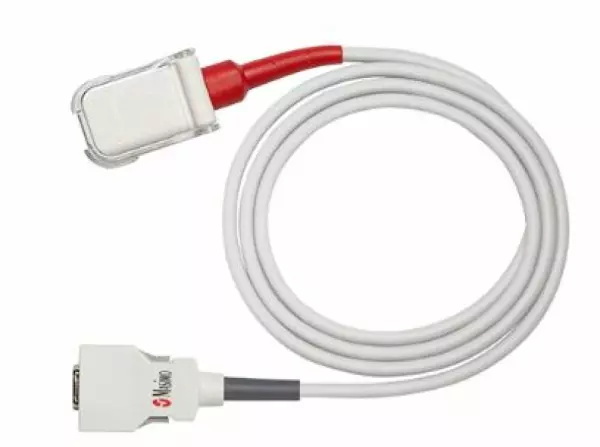
SpO2 adapter cable Masimo LNC-4
SpO2 adapter cable Masimo LNC-4 for LNCS series Length: 1.2 m, PU= 1 Original 2017
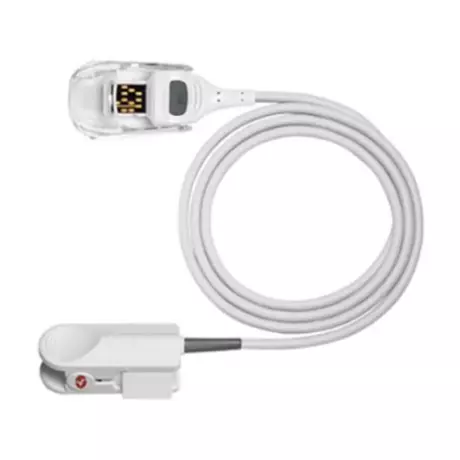
SpO2 sensor Masimo RD Set DCIP
SpO2 sensor Masimo RD Set DCIP Reusable, finger clip children PU= 1 Genuine 4051
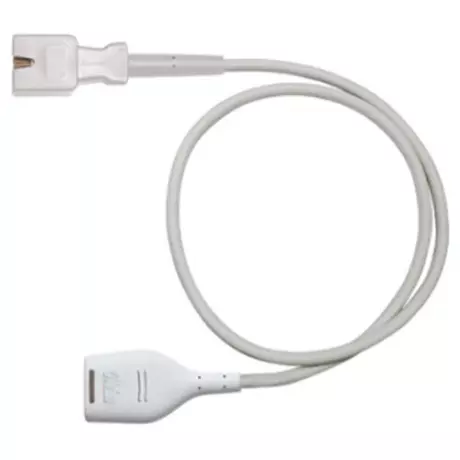
SpO2 adapter cable Masimo RD to LNC
SpO2 adapter cable Masimo RD to LNC for RD series Length: 0.45 m, PU= 1 Genuine 4105
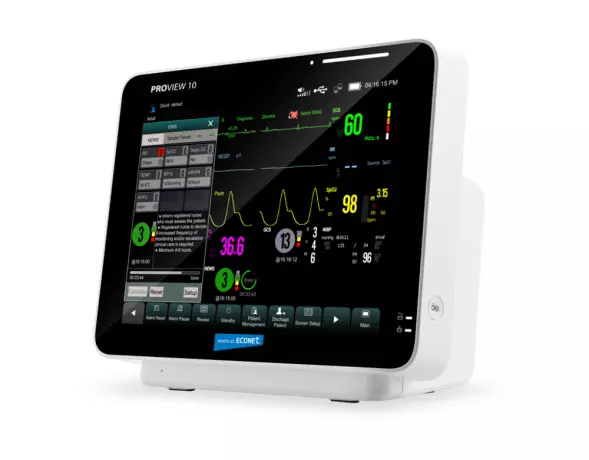
ProView Series ProView 10 patient monitor
ProView Series ProView 10 patient monitor monitor specifications 10.4" TFT full touch display s...

A pulse oximeter measures oxygen levels in the blood. It is very important to measure the oxygen levels in the body on a regular basis. There are several factors that affect the accuracy of a pulse oxymeter reading. These factors include poor circulation, skin pigmentation, and thickness. Also, other factors, such as fingernail polish, can make the measurements less accurate. To avoid inaccurate readings, it is important to remove the fingernail polish before using the pulse oximeter. It is important to wait a few minutes after applying the nail polish.
An adjustment of the light in a pulse oximeter may improve accuracy and promote equal safety for patients. It is important to note that earlier studies used laboratory tests to test pulse oximeters. The NIH's study was based on real-world data collected from a hospital setting. This problem cannot be ignored because the number is so widespread. But, since it is not an advanced technology, Sjoding is confident there are engineering solutions.
The racial disparity in pulse oximetry has been well known for a long time. In fact, since the late 1980s, physicians have become aware of this issue. This is because many patients may experience silent hypoxia without symptoms. Consequently, it is vital to ensure that the pulse oximeter used by the patient is calibrated for the skin tone of that patient. Fortunately, the NIH is now working on a new technology that addresses this problem.
An FDA warning issued in 2010 warned of some limitations of pulse oximetry devices. The FDA also recommended clinical studies that included people with a wide range of skin pigmentation. Ultimately, these tests are safe when the values are reviewed by a competent health professional. But, these concerns are largely theoretical and may not apply to actual use of a pulse oximeter. The National Institutes of Health could help fast-track long-overdue corrections.
A pulse oximeter is most commonly used in hospitals and doctor's offices. It is important to note that the FDA requires that all pulse oximeters be cleared before sale. In addition, it also requires that the device meet specific safety and effectiveness standards. As a result, it is widely used in doctors' offices and hospitals. If you have a COVID-19-related problem, you should consult your physician to get an accurate reading.
A pulse oximeter is a tool that provides an accurate reading of oxygen in the blood. It can be extremely useful for people with COVID-19 who are self-treating. It can also be helpful in patients with other conditions, including diabetes, who are unable to breathe well. The oximeter can monitor their oxygen levels and help their doctors adjust their treatment accordingly. However, it is important to have a professional examine the results of a pulse oximeter regularly.
A pulse oximeter is an inexpensive device that measures the oxygen levels in the blood. It clips onto a finger and is very simple to use. It can also be easily carried around with you in your hand. Besides being easy to use, it is also highly accurate. If you have low oxygen levels, you should see a doctor immediately. A heart or lung disease can cause serious complications. A pulse oximeter is a lifesaver that helps people get their life back on track.
The pulse oximeter is an important piece of equipment for people who have COPD. It can monitor the level of oxygen in the blood. Unlike a standard blood pressure cuff, a pulse oximeter doesn't require a sample of blood. Instead, it works by shining a light beam through the skin. A pulse oximeter will calculate the oxygen content in the blood and display it as SpO2.
A pulse oximeter is an important tool for people with lung diseases. It checks the oxygen level of blood and can be used for other purposes. For instance, it can be used in emergency situations, when patients are unconscious, or when they have a heart attack. A good quality pulse oximeter will also keep a patient's heart rate under control and prevent a stroke. It can also be a great way to monitor the pulse of a loved one.
Become a digital exhibitor yourself in the online portal of the largest and best-known MedTech cluster region in Germany and inform the world of medical technology about your products and services as well as about news, events and career opportunities.
With an attractive online profile, we will help you to present yourself professionally on our portal as well as on Google and on social media.